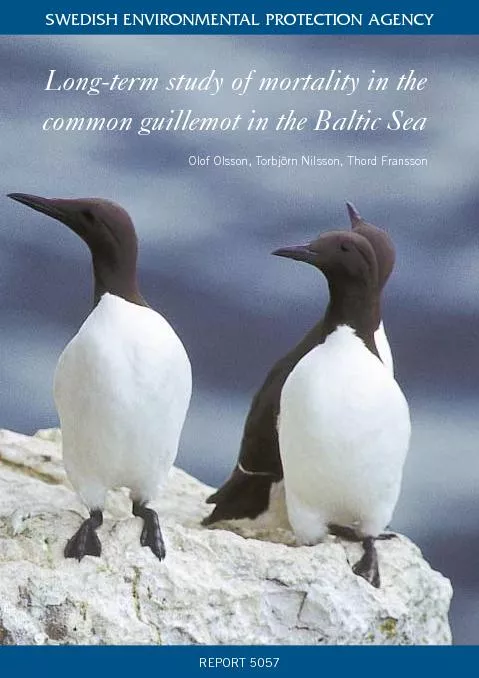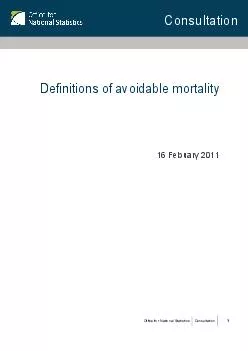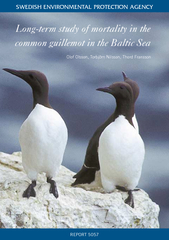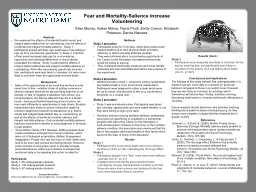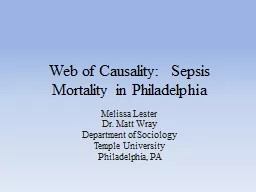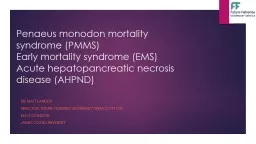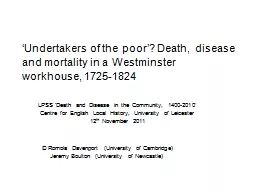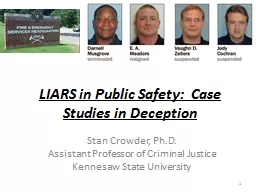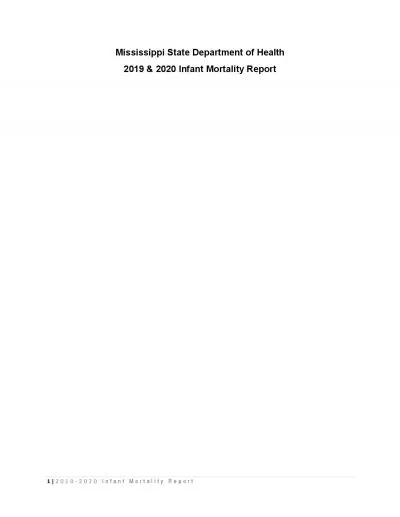PDF-REPORT 5057Long-term study of mortality in theOlof Olsson, Torbj
Author : luanne-stotts | Published Date : 2016-04-21
SWEDISH ENVIRONMENTAL PROTECTION AGENCY Longterm study of mortality in theTorbj
Presentation Embed Code
Download Presentation
Download Presentation The PPT/PDF document "REPORT 5057Long-term study of mortality ..." is the property of its rightful owner. Permission is granted to download and print the materials on this website for personal, non-commercial use only, and to display it on your personal computer provided you do not modify the materials and that you retain all copyright notices contained in the materials. By downloading content from our website, you accept the terms of this agreement.
REPORT 5057Long-term study of mortality in theOlof Olsson, Torbj: Transcript
Download Rules Of Document
"REPORT 5057Long-term study of mortality in theOlof Olsson, Torbj"The content belongs to its owner. You may download and print it for personal use, without modification, and keep all copyright notices. By downloading, you agree to these terms.
Related Documents

